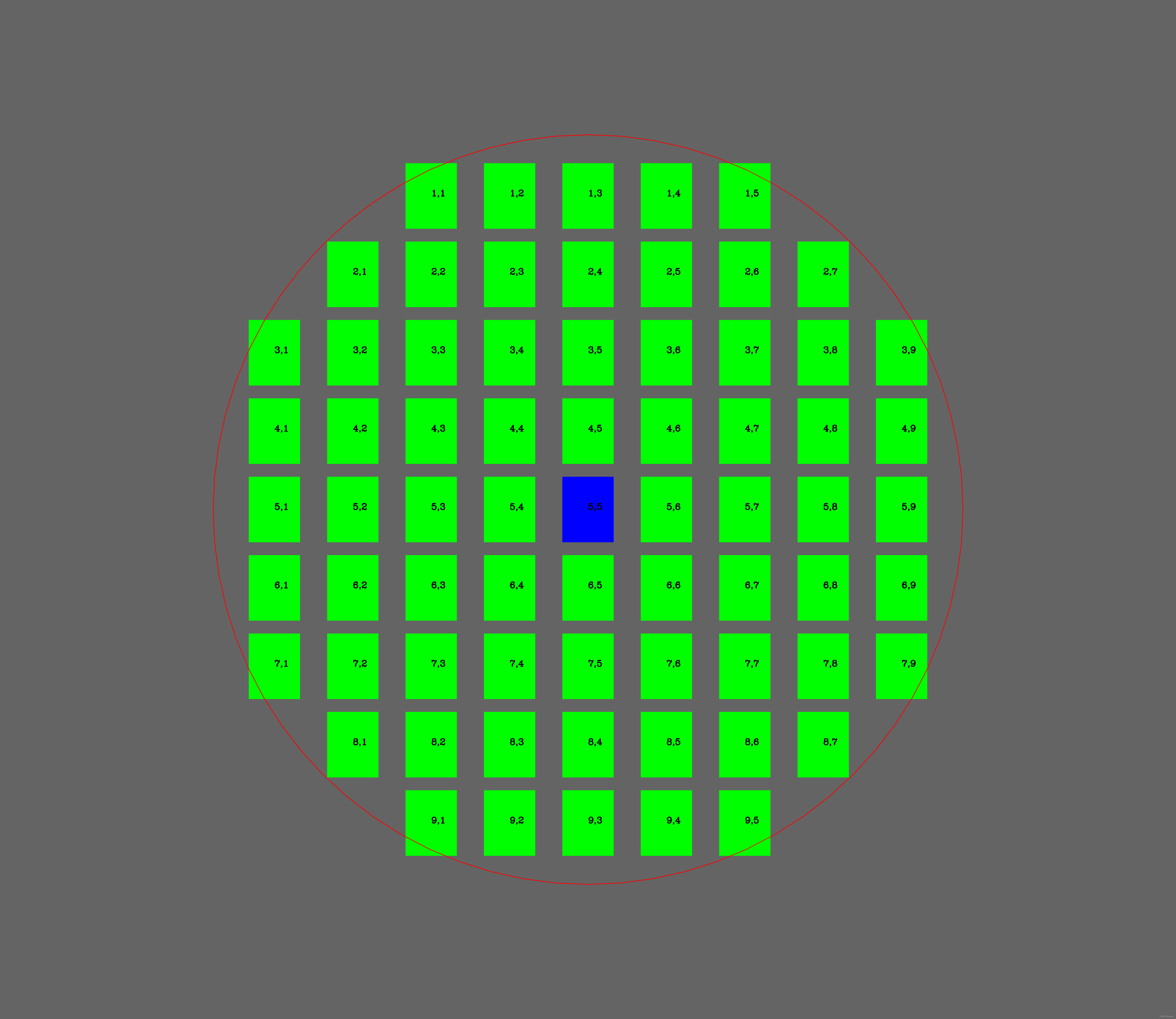NumSharp NDArray 切片赋值
nd[new NumSharp.Slice(i-margin_x, i+margin_x), new NumSharp.Slice(j-margin_y, j+margin_y)] = new int[] { 0, 255, 0 };
NumSharp NDArray 转 OpenCvSharp Mat
public Mat ToMat(NDArray nDArray)
{
return new Mat(nDArray.shape[0], nDArray.shape[1], GetMatType(nDArray), (Array)nDArray);
}
OpenCvSharp Mat 转 NumSharp NDArray
public NumSharp.NDArray ToNDArray(Mat mat)
{
var matType = mat.Type();
var channels = mat.Channels();
var size = mat.Rows * mat.Cols * channels;
var shape = channels == 1 ? new NumSharp.Shape(mat.Rows, mat.Cols) : new NumSharp.Shape(mat.Rows, mat.Cols, channels);
if (matType == MatType.CV_8UC1 || matType == MatType.CV_8UC3 || matType == MatType.CV_8UC4)
{
var managedArray = new byte[size];
Marshal.Copy(mat.Data, managedArray, 0, size);
var aslice = ArraySlice.FromArray(managedArray);
return new NDArray(aslice, shape);
}
throw new Exception($"mat data type = {matType} is not supported");
}
绘制图形

using System.Runtime.InteropServices;
using OpenCvSharp;
using NumSharp;
using NumSharp.Backends.Unmanaged;
namespace Sense
{
public class Drawer
{
public Drawer() { }
public MatType GetMatType(NumSharp.NDArray nDArray)
{
int channels = nDArray.ndim == 3 ? nDArray.shape[2] : 1;
return nDArray.typecode switch
{
NPTypeCode.Int32 => channels == 1 ? MatType.CV_32SC1 :
channels == 2 ? MatType.CV_32SC2 :
throw new ArgumentException($"nDArray data type = {nDArray.typecode} & channels = {channels} is not supported"),
NPTypeCode.Float => channels == 1 ? MatType.CV_32FC1 :
throw new ArgumentException($"nDArray data type = {nDArray.typecode} & channels = {channels} is not supported"),
NPTypeCode.Double => channels == 1 ? MatType.CV_64FC1 :
throw new ArgumentException($"nDArray data type = {nDArray.typecode} & channels = {channels} is not supported"),
NPTypeCode.Byte => channels == 1 ? MatType.CV_8UC1 :
channels == 3 ? MatType.CV_8UC3 :
throw new ArgumentException($"nDArray data type = {nDArray.typecode} & channels = {channels} is not supported"),
_ => throw new ArgumentException($"nDArray data type = {nDArray.typecode} is not supported")
};
}
public NumSharp.NDArray ToNDArray(Mat mat)
{
var matType = mat.Type();
var channels = mat.Channels();
var size = mat.Rows * mat.Cols * channels;
var shape = channels == 1 ? new NumSharp.Shape(mat.Rows, mat.Cols)
: new NumSharp.Shape(mat.Rows, mat.Cols, channels);
if (matType == MatType.CV_8UC1 || matType == MatType.CV_8UC3 || matType == MatType.CV_8UC4)
{
var managedArray = new byte[size];
Marshal.Copy(mat.Data, managedArray, 0, size);
var aslice = ArraySlice.FromArray(managedArray);
return new NDArray(aslice, shape);
}
throw new Exception($"mat data type = {matType} is not supported");
}
public Mat ToMat(NDArray nDArray)
{
return new Mat(nDArray.shape[0], nDArray.shape[1], GetMatType(nDArray), (Array)nDArray);
}
public void Run()
{
Drawer drawer = new Drawer();
Scalar sc = new Scalar(100, 100, 100);
int chip_w = 550;
int chip_h = 550;
int row = 11;
int col = 11;
int mat_w = (row + 2) * chip_w;
int mat_h = (col + 4) * chip_h;
Mat mat = new Mat(mat_w, mat_h, MatType.CV_8UC3, sc);
int center_x = mat_w / 2;
int center_y = mat_h / 2;
int r = 5 * chip_w - 200;
int margin_x = 230;
int margin_y = 180;
NDArray nd = drawer.ToNDArray(mat);
for (int i = chip_w / 2; i < mat_w; i += chip_w)
{
for (int j = chip_h / 2; j < mat_h; j += chip_h)
{
int dist = (i - center_x) * (i - center_x) + (j - center_y) * (j - center_y);
if (dist < r * r)
{
nd[new NumSharp.Slice(i-margin_x, i+margin_x),
new NumSharp.Slice(j-margin_y, j+margin_y)] = new int[] { 0, 255, 0 };
}
}
}
nd[new NumSharp.Slice(center_x - margin_x, center_x + margin_x),
new NumSharp.Slice(center_y - margin_y, center_y + margin_y)] = new int[] { 255, 0, 0 };
Mat res = drawer.ToMat(nd);
int label_x = -2;
for (int i = chip_w / 2; i < mat_w; i += chip_w)
{
label_x += 1;
int label_y = 0;
for (int j = chip_h / 2; j < mat_h; j += chip_h)
{
int dist = (i - center_x) * (i - center_x) + (j - center_y) * (j - center_y);
if (dist < r * r)
{
label_y += 1;
Cv2.PutText(res,label_x+","+label_y, new Point(j,i),
HersheyFonts.HersheyComplex,2,new Scalar(0,0,0),5, LineTypes.Link8);
}else
{
label_y = 0;
}
}
}
Cv2.Circle(res, new Point(center_y, center_x), r+80, new Scalar(0, 0, 255), 4, LineTypes.Link8);
Cv2.ImWrite("E://test0.png", res);
}
}
}
最后
以上就是拼搏棉花糖最近收集整理的关于OpenCvSharp 绘图的全部内容,更多相关OpenCvSharp内容请搜索靠谱客的其他文章。
本图文内容来源于网友提供,作为学习参考使用,或来自网络收集整理,版权属于原作者所有。








发表评论 取消回复